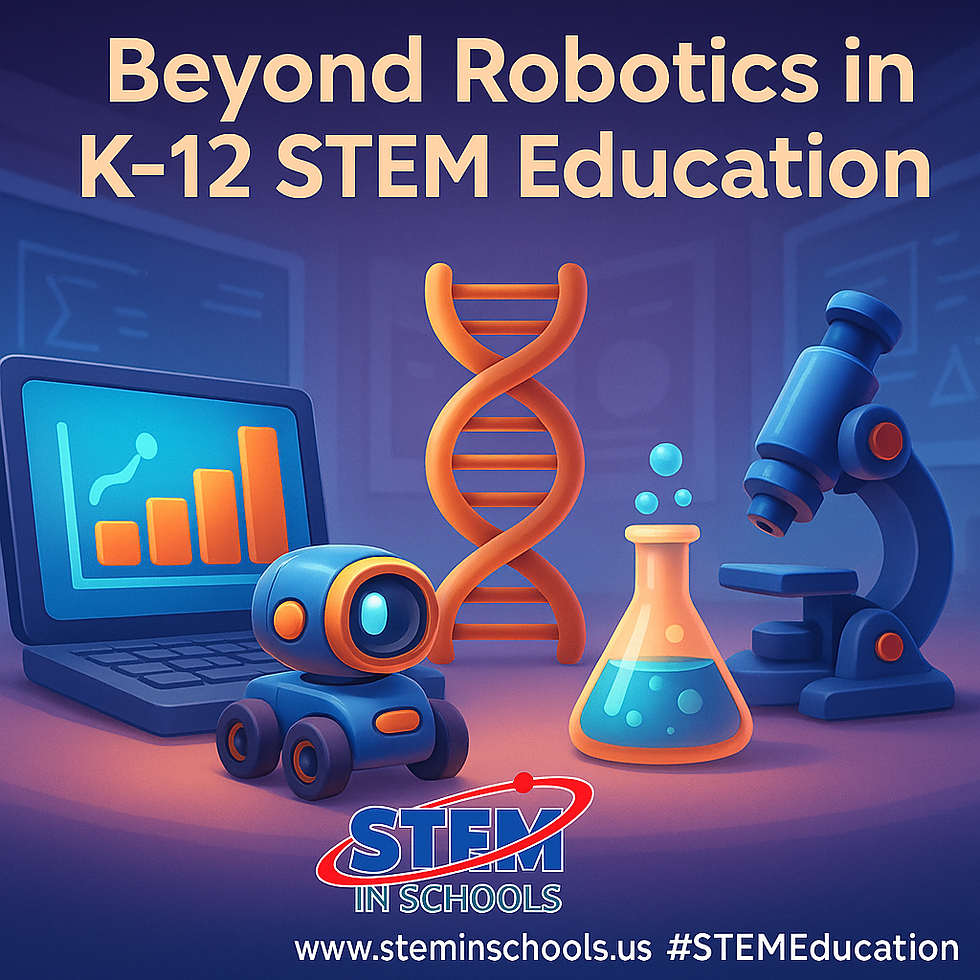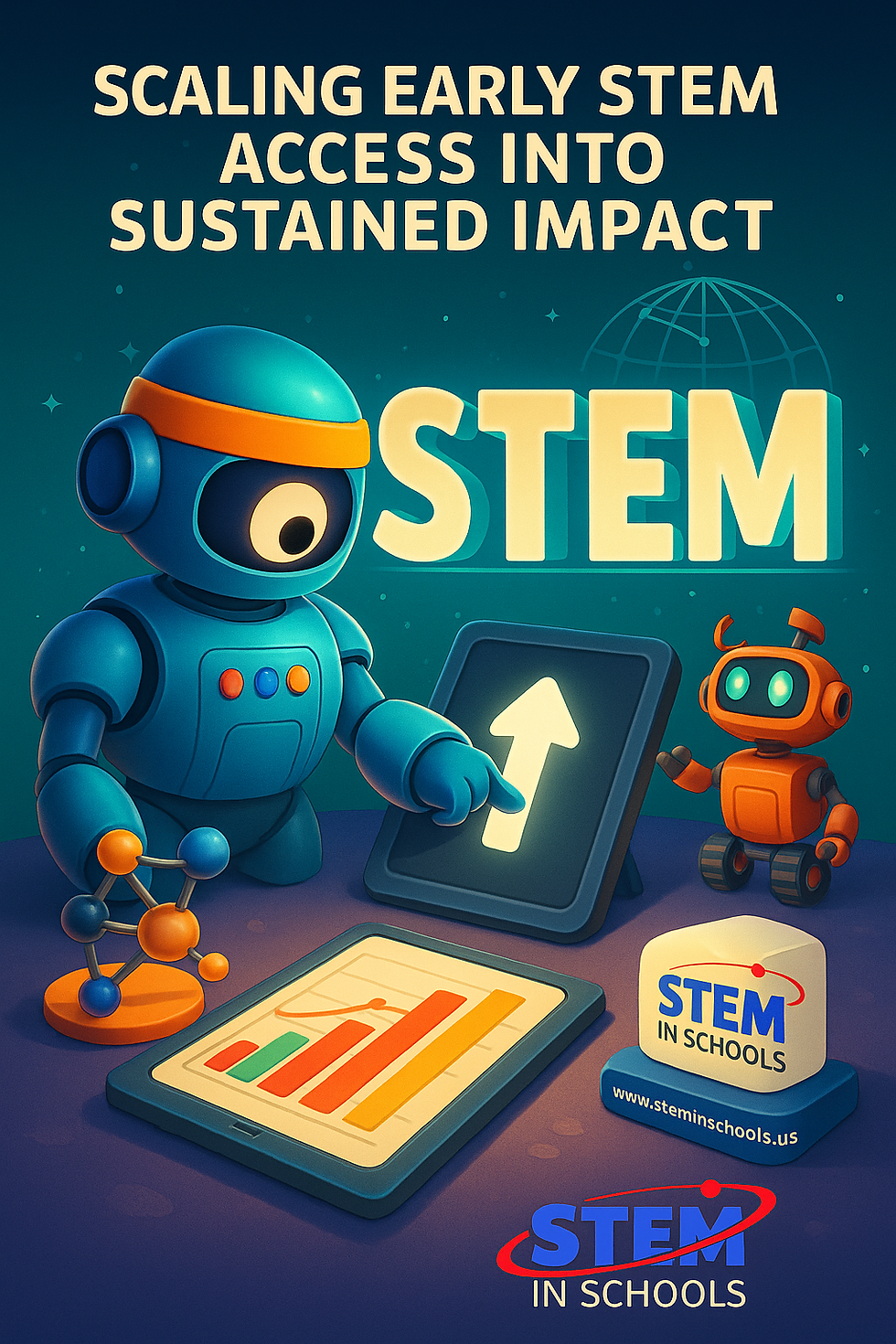The future of K‑12 STEM lies not just in robotics or coding
- Eduardo Galindo

- Sep 29
- 1 min read

—it lies in relevance, access, and integration across disciplines.
Recent announcements underscore this shift:
Midland ISD’s STEM+M program expands STEM into biomedicine at the middle school level, fostering early interest in health‑science careers. Midland Reporter-Telegram
Harmony Science Academy’s new STEM campus reinforces that spatial, hands‑on learning environments are central to modern STEM pedagogy. Midland Reporter-Telegram
Qatar’s National Robotics Olympiad shows how national systems are mobilizing robotics at scale, engaging hundreds of schools. QNA
For private and independent K‑12 STEM schools, here are six strategic takeaways:
Blend domains: Medicine, AI, environment—don’t silo STEM.
Design for scale: Build lab spaces that serve many cohorts and can evolve.
Plug into national systems: Participate in or help lead regional/state-level contests or networks.
Anchor equity early: Ensure access to new tracks (e.g. STEM+M) isn’t limited to privileged students.
Document outcomes: Show evidence of impact—college placements, career alignment.
Share innovations: Offer your school’s lab, curriculum, or data to broader district partners.
I’ll soon share a deeper article unpacking how independent STEM schools can lead through integrative design, ecosystem leverage, and evidence-backed scale. Let’s build toward tomorrow’s STEM ecosystem—with purpose and reach.

.png)


Comments